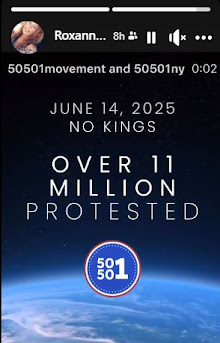A beautiful day is not to be wasted indoors. Our landlord was coming over at 12:00, so I planned to leave right after her visit. As it turned out, she didn't arrive until 2 PM. However, as usual, she brought food(beetroot soup), strawberries from her garden, lettuce, a birthday cake, and a nice bouquet of flowers for Joan. That was a great surprise.
Instead of visiting the usual places, I remember another park, Park Gorczynski. I used to have an adult student whose business was right across from the park.
The park has an interesting history.
Górczyński Park, which was created in the 1950s, had been neglected in recent years. Damaged playground elements and devastated greenery did not encourage visitors.
The park is located in the area of the former Evangelical Cemetery of St. Lazarus. In general, when former German cemeteries in Poland were liquidated and converted into parks, the process typically removed, destroyed, or repurposed the tombstones. The ground was leveled to create a flat park surface. While not every grave was necessarily exhumed, there were often efforts to exhume remains, especially from more prominent graves or if families requested it. However, a complete and systematic exhumation of every single burial was not always feasible or carried out, and many remains may still lie beneath the park's surface.
The necropolis was established before 1911. The cemetery was established as a layout with a main central alley, several smaller ones branching off at right angles, and one in an oval shape. The transformation into a public park was carried out after World War II, to provide the population of Górczyn with an appropriate recreational area (initially, in 1945, it was planned to create a stadium for the Admira sports club in the place of the necropolis.
In 2021, a bench dedicated to Wincenty Rozanski was unveiled in the park. He was a prominent Polish poet, often described as an "outsider" in the literary world.








